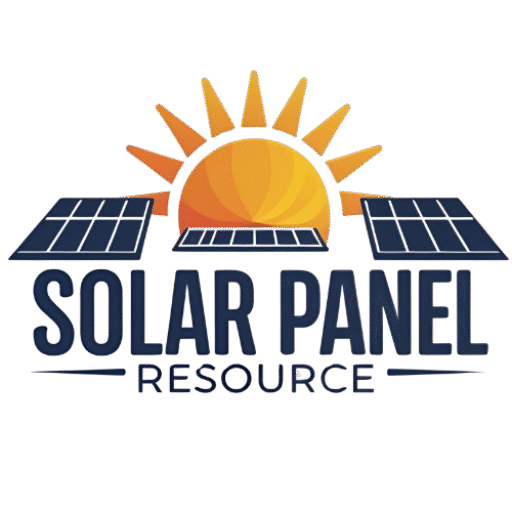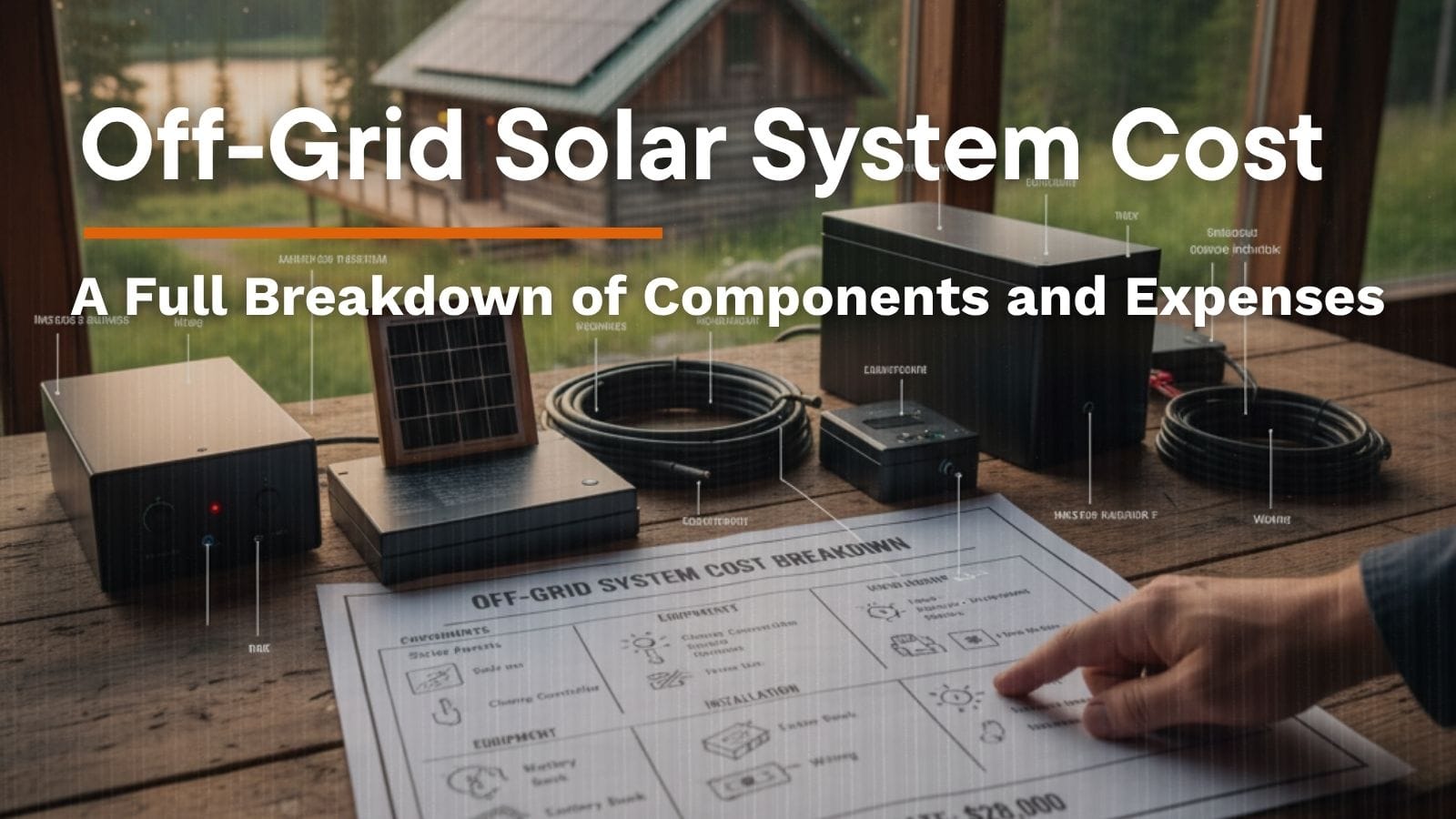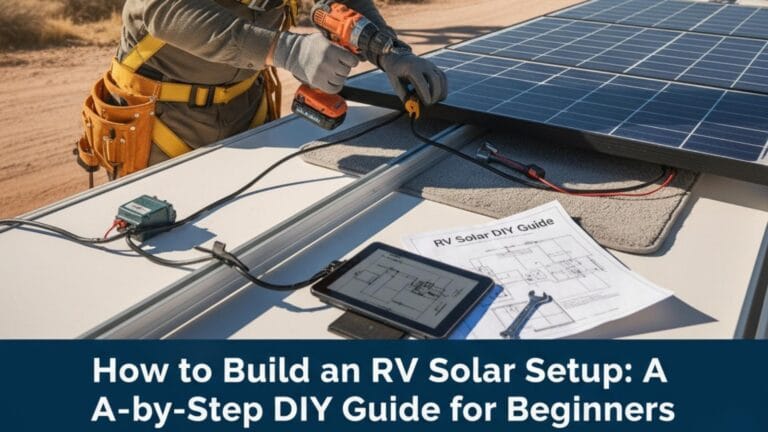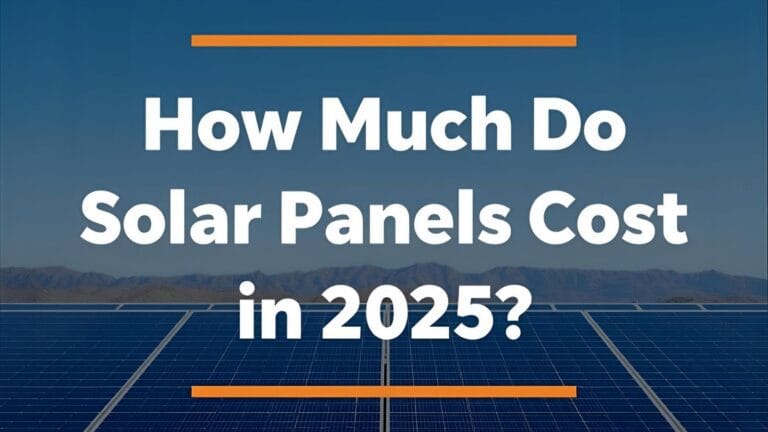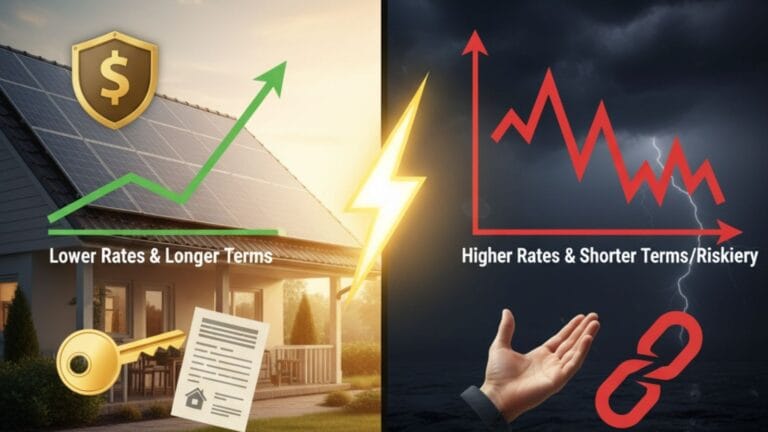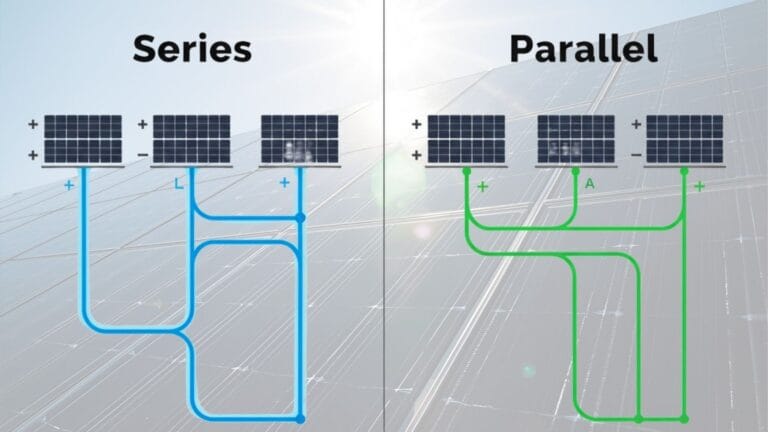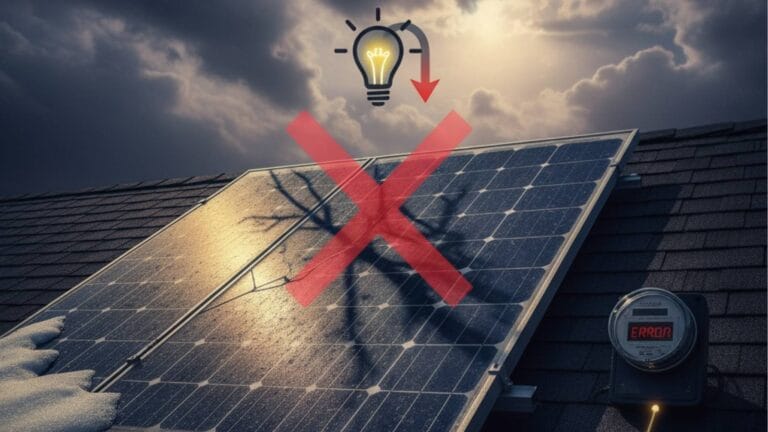Off-Grid Solar System Cost: A Full Breakdown of Components and Expenses
The dream of energy independence is more attainable today than ever before, thanks to advancements in solar technology. For many, going “off-grid” represents the ultimate form of self-sufficiency—a way to escape rising utility costs, unpredictable power outages, and a reliance on fossil fuels. However, the first question on everyone’s mind is a practical one: what is the true off-grid solar system cost?
Unlike grid-tied systems, which use the utility grid as a virtual battery, an off-grid setup is a completely self-contained power plant for your home or business. This requires a more robust and complex collection of components, which naturally impacts the price. Understanding these components and their associated expenses is the first step toward making an informed decision about your energy future.
This comprehensive guide provides a full breakdown of the costs involved in designing and installing an off-grid solar system. We’ll explore each critical component, dissect the “soft costs” that are often overlooked, and provide real-world examples to help you budget for true energy freedom.
Understanding the Core Components of an Off-Grid Solar System
The total cost of an off-grid solar system is a sum of its parts. Each component plays a vital role in generating, storing, and delivering reliable power 24/7. Think of it as a complete ecosystem where every piece must work in perfect harmony.
1. Solar Panels: The Power Generators
Solar panels, or photovoltaic (PV) modules, are the most visible part of your system. They capture sunlight and convert it into direct current (DC) electricity. The cost of panels depends on several factors:
- Type of Panel: Monocrystalline panels are the most efficient and have the longest lifespan, making them a popular, albeit more expensive, choice for off-grid systems where space and performance are critical. Polycrystalline panels are a slightly more budget-friendly alternative.
- Wattage: Panels are rated by their power output in watts. Higher wattage panels produce more electricity but come at a higher price point.
- Quantity: The number of panels you need is determined by your daily energy consumption. A small off-grid cabin will require far fewer panels than a large family home or a commercial operation.
Cost Estimate: Solar panels typically account for 25-30% of the total system cost. As of 2025, you can expect prices to range from $0.70 to $1.50 per watt.
2. Solar Battery Bank: The Heart of the System
In an off-grid system, the battery bank is non-negotiable. It stores the excess energy your panels produce during the day so you can have electricity at night and on cloudy days. The off-grid solar battery cost is often the single largest expense, and for good reason—your system’s reliability depends on it.
- Battery Chemistry: The two main options are Lithium-ion (like LiFePO4) and Lead-Acid.
- Lithium-ion: These batteries are more expensive upfront but offer a longer lifespan, higher efficiency, deeper depth of discharge (meaning you can use more of their stored energy), and are virtually maintenance-free. They are the modern standard for serious off-grid applications.
- Lead-Acid: A traditional, lower-cost option. However, they have a shorter lifespan, require regular maintenance (like checking water levels), and have a lower depth of discharge (typically 50%).
- Capacity (kWh): Battery capacity, measured in kilowatt-hours (kWh), determines how much energy you can store. You’ll need to size your bank to cover your energy needs for several days of autonomy (e.g., 2-3 days without significant sun).
Cost Estimate: The battery bank can represent 30-40% of the total off-grid solar power system cost. Lithium-ion batteries range from $400 to $800 per kWh of storage.
3. Off-Grid Inverter: The Brains of the Operation
The inverter is the device that converts the DC electricity from your solar panels and batteries into alternating current (AC) electricity, which is the type of power your home appliances use. An off-grid solar inverter is more complex than a grid-tied inverter because it must also manage the flow of energy from the batteries and act as the “grid-former,” creating a stable AC signal for your home.
Key features to look for in an off-grid inverter include a built-in charge controller, generator integration capabilities, and a robust surge capacity to handle the startup of large appliances like pumps or air conditioners.
Cost Estimate: Inverters typically make up 10-15% of the total system cost, with high-quality off-grid models ranging from $1,500 to $5,000+ depending on their power output and features.
4. Solar Charge Controller: The Battery’s Guardian
The charge controller is a critical device that sits between your solar panels and your battery bank. Its job is to regulate the voltage and current coming from the panels to prevent the batteries from overcharging, which can damage them and shorten their lifespan. Think of it as a smart valve that ensures the batteries receive the perfect amount of energy.
- MPPT (Maximum Power Point Tracking): This is the more advanced and efficient type of charge controller. It can optimize the output from the solar panels, resulting in up to 30% more power harvesting compared to older PWM models. For any serious off-grid system, MPPT is the standard.
Cost Estimate: A high-quality MPPT charge controller can cost between $300 and $1,000, depending on its voltage and amperage ratings.
5. Backup Generator: The Ultimate Failsafe
While not strictly a “solar” component, a backup generator is considered an essential part of a well-designed off-grid system. During extended periods of bad weather or when your energy needs unexpectedly spike, a generator provides a crucial safety net. It can be used to power your home directly while also recharging your battery bank.
Most modern off-grid inverters can automatically start and stop a connected generator as needed, ensuring seamless power. Propane generators are a popular choice for their fuel stability and cleaner emissions compared to gasoline or diesel.
Cost Estimate: A reliable backup generator can range from $2,000 to $10,000+, depending on its size and features.
Dissecting the “Soft Costs”: Installation, Permitting, and More

The hardware is only part of the equation. “Soft costs” are the non-hardware expenses that are essential for a safe, legal, and effective installation. These often surprise first-time buyers and can account for a significant portion of the final price tag.
Professional Installation and Labor
While a DIY approach is tempting, the complexity and high voltages involved in an off-grid system make professional installation highly recommended. A certified installer ensures that all components are wired correctly, adhere to electrical codes, and are mounted safely and securely. Labor costs will vary based on your location, the complexity of the installation, and the size of the system.
Cost Estimate: Labor can account for 10-20% of the total off-grid solar system price.
System Design and Engineering
A successful off-grid system begins with a meticulous design. This involves calculating your exact energy load, sizing each component appropriately, creating detailed wiring diagrams, and ensuring the system is optimized for your specific climate and location. This engineering phase is critical for ensuring reliability and longevity and is a service provided by reputable installation companies.
Balance of System (BOS)
This is a catch-all category for all the other necessary hardware that connects the major components. This includes:
- Racking and Mounting Hardware: The framework that attaches the solar panels to your roof or a ground mount.
- Wiring and Conduit: High-voltage DC and AC wiring, connectors, and protective conduit.
- Overcurrent Protection: Fuses, circuit breakers, and disconnects that are essential for safety.
- Monitoring System: A device that allows you to track your energy production, consumption, and battery status.
Cost Estimate: BOS components can add another 5-10% to the total project cost.
Permitting and Inspection Fees

Even though you are disconnecting from the grid, you will likely still need permits from your local building authority. These permits ensure that your system complies with local building and electrical codes, which is crucial for safety and for getting your property insured. The cost of permits and subsequent inspections can vary widely by municipality.
Real-World Cost Scenarios: From Small Cabins to Full-Size Homes
To put it all together, let’s look at a few hypothetical scenarios for the total cost to install an off-grid solar system. These are estimates and can vary significantly based on the factors we’ve discussed.
Scenario 1: Small Off-Grid Cabin (Minimal Load)
- Daily Usage: 3-5 kWh
- System Size: 2 kW solar array, 5 kWh lithium battery bank
- Key Components Cost: ~$7,000 – $10,000
- Total Installed Cost: $12,000 – $18,000
Scenario 2: Medium-Sized Energy-Efficient Home
- Daily Usage: 10-15 kWh
- System Size: 6 kW solar array, 20 kWh lithium battery bank
- Key Components Cost: ~$20,000 – $28,000
- Total Installed Cost: $30,000 – $45,000
Scenario 3: Large Family Home or Small Business (High Load)
- Daily Usage: 25-30 kWh
- System Size: 12 kW solar array, 40 kWh lithium battery bank, backup generator
- Key Components Cost: ~$40,000 – $55,000
- Total Installed Cost: $60,000 – $85,000+
Is Going Off-Grid a Good Financial Decision?
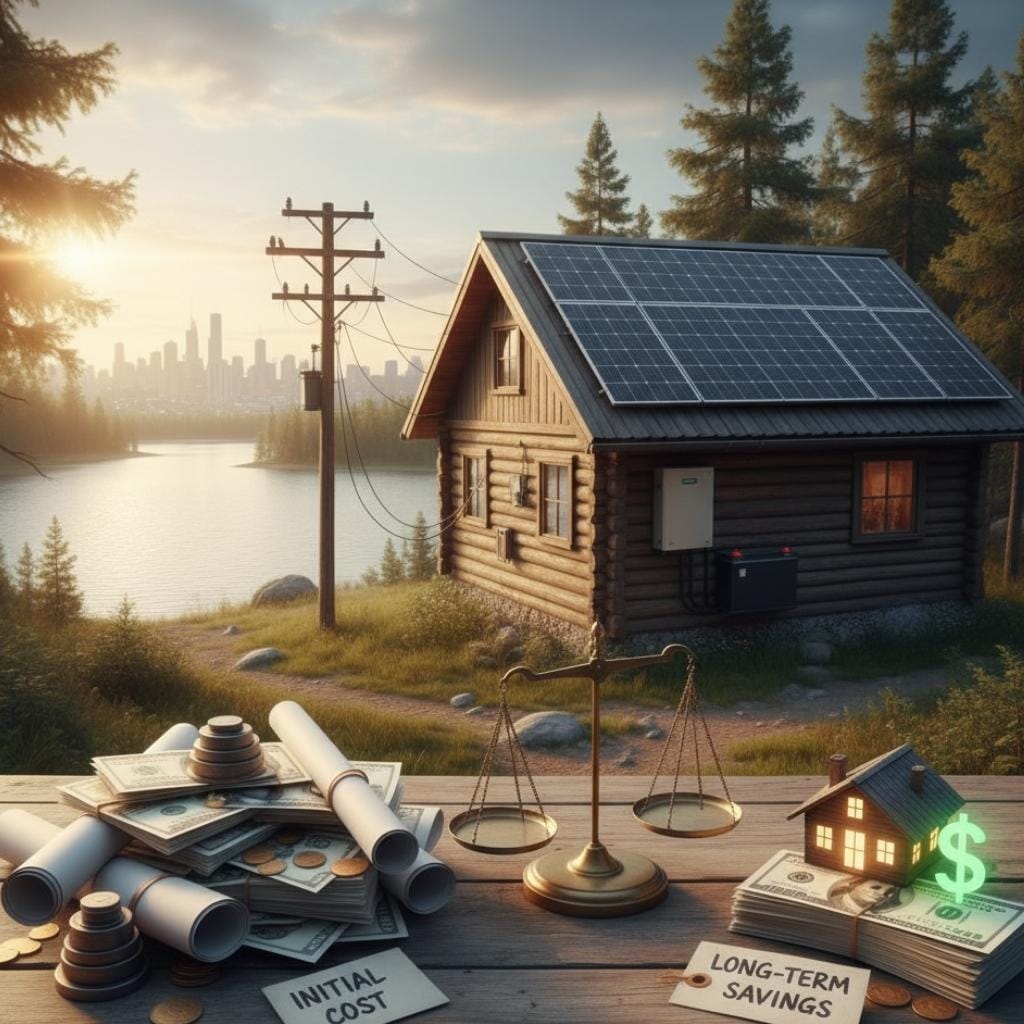
The financial viability of an off-grid system is different from a grid-tied one. While a grid-tied system is often evaluated on its “payback period” against utility savings, an off-grid system is often a necessity. According to a report from the National Renewable Energy Laboratory (NREL), the levelized cost of energy from solar and storage systems has fallen dramatically, making them more competitive. However, the decision is often driven by factors other than pure ROI.
Consider going off-grid if:
- Grid Connection is Prohibitively Expensive: For remote properties, the cost for a utility to run new power lines can be tens or even hundreds of thousands of dollars, making off-grid solar the far cheaper option.
- You Demand 100% Energy Security: If you live in an area with an unreliable grid prone to frequent outages, an off-grid system offers complete immunity and peace of mind.
- You are Committed to Total Self-Sufficiency: For many, the primary motivation is the desire to be fully independent and environmentally responsible.
Investing in Energy Freedom
Determining your off-grid solar system cost is a journey of careful planning and honest assessment of your energy needs. It is a significant upfront investment, undeniably more so than a standard grid-tied system due to the absolute necessity of a robust battery bank and other critical components. However, it’s not just an expense; it’s an investment in resilience, predictability, and complete control over your power.
By understanding each component’s role and cost, from the panels on your roof to the inverter managing your power, you can approach the process with confidence. Working with a reputable and experienced off-grid installer is the key to designing a system that will provide clean, reliable, and independent power for decades to come.

Solar Energy Enthusiast & Renewable Energy Researcher
Vural’s journey into solar energy began four years ago, driven by frequent power outages and high electricity bills at his own home. He has since gained hands-on experience with both personal and commercial solar projects. At solarpanelresource.com, Vural shares his real-world insights and in-depth research to guide homeowners and business owners on their own path to energy independence.
